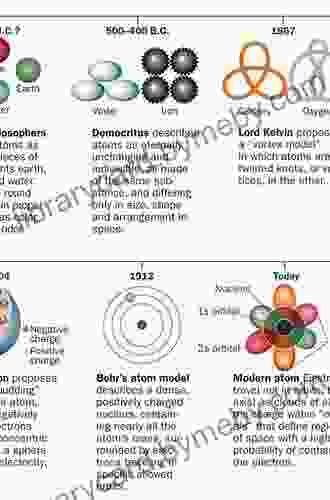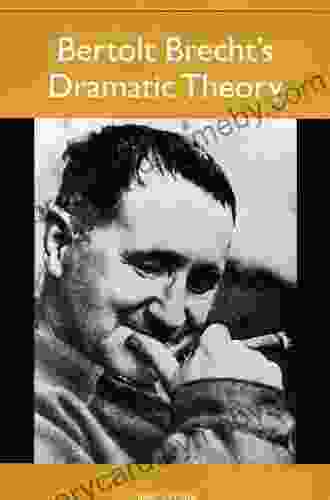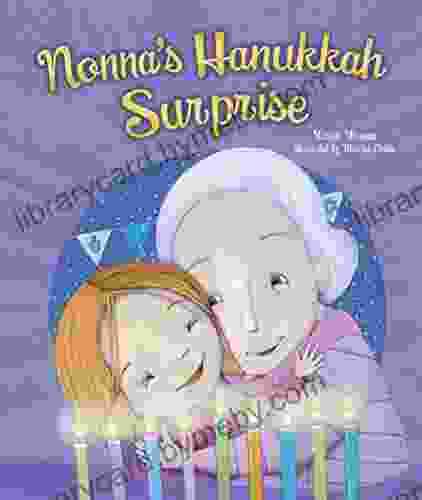Splitting the Second: The Story of Atomic Time

In the early days of timekeeping, people relied on the sun, the moon, and the stars to tell time. These methods were imprecise, however, and could be easily disrupted by weather or other factors.
4.8 out of 5
| Language | : | English |
| File size | : | 3789 KB |
| Screen Reader | : | Supported |
| Print length | : | 199 pages |
In the 18th century, scientists and engineers began to develop more accurate timekeeping devices, such as the pendulum clock and the marine chronometer. These devices were a significant improvement over previous methods, but they were still not perfect. Pendulum clocks were affected by changes in temperature and humidity, and marine chronometers were not accurate enough for long-distance navigation.
In the early 20th century, scientists began to explore the possibility of using atomic vibrations to create a more accurate timekeeping device. Atomic vibrations are extremely regular, and they are not affected by changes in temperature or humidity. This made them an ideal candidate for use in a timekeeping device.
In 1949, the first atomic clock was built at the National Bureau of Standards (NBS). This clock was incredibly accurate, and it quickly became the standard for timekeeping around the world. Atomic clocks are now used in a wide variety of applications, including navigation, telecommunications, and scientific research.
The development of the atomic clock is a fascinating story of scientific and engineering innovation. It is a story that has revolutionized the way we measure time, and it continues to have a profound impact on our world today.
The Science of Atomic Clocks
Atomic clocks work by measuring the vibrations of atoms. Atoms vibrate at a very specific frequency, which is determined by the atom's mass and its atomic number. By measuring the frequency of these vibrations, scientists can determine the time with great accuracy.
The most common type of atomic clock uses cesium atoms. Cesium atoms vibrate at a frequency of 9,192,631,770 hertz. This frequency is so stable that it would take over 300 million years for the clock to lose one second.
> **Did You Know?**
> The atomic clock is so accurate that it would only lose one second every 300 million years.
Applications of Atomic Clocks
Atomic clocks are used in a wide variety of applications, including:
* **Navigation:** Atomic clocks are used in GPS systems to provide accurate location information. * **Telecommunications:** Atomic clocks are used to synchronize telecommunications networks. * **Scientific research:** Atomic clocks are used in a variety of scientific research applications, such as measuring the speed of light and the age of the universe.
The Future of Atomic Clocks
The development of atomic clocks is an ongoing process. Scientists are constantly working to improve the accuracy and stability of atomic clocks. In the future, atomic clocks may be used to measure time even more accurately than they do today. This could lead to new applications for atomic clocks, such as in the development of new navigation systems or in the search for gravitational waves.
Atomic clocks are an essential part of our modern world. They provide the accurate timekeeping that is necessary for a wide variety of applications, from navigation to telecommunications to scientific research. The development of the atomic clock is a fascinating story of scientific and engineering innovation, and it is a story that continues to have a profound impact on our world today.
4.8 out of 5
| Language | : | English |
| File size | : | 3789 KB |
| Screen Reader | : | Supported |
| Print length | : | 199 pages |
Do you want to contribute by writing guest posts on this blog?
Please contact us and send us a resume of previous articles that you have written.
 Book
Book Novel
Novel Page
Page Chapter
Chapter Text
Text Story
Story Genre
Genre Reader
Reader Library
Library Paperback
Paperback E-book
E-book Magazine
Magazine Newspaper
Newspaper Paragraph
Paragraph Sentence
Sentence Bookmark
Bookmark Shelf
Shelf Glossary
Glossary Bibliography
Bibliography Foreword
Foreword Preface
Preface Synopsis
Synopsis Annotation
Annotation Footnote
Footnote Manuscript
Manuscript Scroll
Scroll Codex
Codex Tome
Tome Bestseller
Bestseller Classics
Classics Library card
Library card Narrative
Narrative Biography
Biography Autobiography
Autobiography Memoir
Memoir Reference
Reference Encyclopedia
Encyclopedia Christine Ha
Christine Ha Paul Ortiz
Paul Ortiz Jerry Beck
Jerry Beck Belle Boggs
Belle Boggs Kyle Mitchell
Kyle Mitchell Seabury Quinn
Seabury Quinn Kimberly Chrisman Campbell
Kimberly Chrisman Campbell Dustin Vaughn Warncke
Dustin Vaughn Warncke Marc Kery
Marc Kery Bill H Myers
Bill H Myers Bertolt Brecht
Bertolt Brecht Charlotte Zolotow
Charlotte Zolotow Jeff Carreira
Jeff Carreira Doris Kennedy
Doris Kennedy J P Moreland
J P Moreland Steven M Fiser
Steven M Fiser Ben Zaehringer
Ben Zaehringer Beth Jacobs Phd
Beth Jacobs Phd Bill Hendricks
Bill Hendricks Jason Korol
Jason Korol
Light bulbAdvertise smarter! Our strategic ad space ensures maximum exposure. Reserve your spot today!
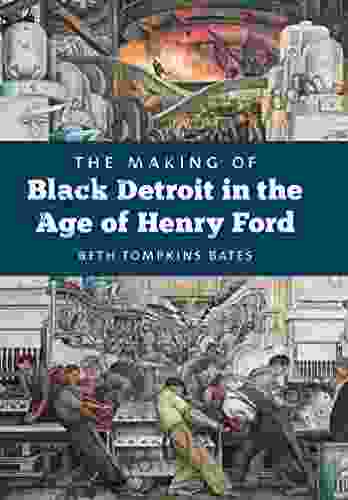
 Ryūnosuke AkutagawaThe Making of Black Detroit: A Historical Odyssey in the Era of Henry Ford
Ryūnosuke AkutagawaThe Making of Black Detroit: A Historical Odyssey in the Era of Henry Ford
 Connor MitchellThe Detour: Turning the Tide - A Journey of Transformation and Empowerment
Connor MitchellThe Detour: Turning the Tide - A Journey of Transformation and Empowerment Johnny TurnerFollow ·5.8k
Johnny TurnerFollow ·5.8k Aubrey BlairFollow ·11k
Aubrey BlairFollow ·11k Corey GreenFollow ·13.3k
Corey GreenFollow ·13.3k Jeff FosterFollow ·14.3k
Jeff FosterFollow ·14.3k Beau CarterFollow ·15.3k
Beau CarterFollow ·15.3k Robert BrowningFollow ·8.7k
Robert BrowningFollow ·8.7k Vladimir NabokovFollow ·6.8k
Vladimir NabokovFollow ·6.8k Ken SimmonsFollow ·10.5k
Ken SimmonsFollow ·10.5k

 Ivan Cox
Ivan CoxSpeak With Ease: The Ultimate Guide to Public Speaking...
By Rupika Raj ...

 Jesus Mitchell
Jesus MitchellVulcan Forge: A Suspense Thriller that Will Keep You on...
Vulcan Forge is...

 Dashawn Hayes
Dashawn HayesThe Carteret Family Bob Martin: A Comprehensive Review
Bob Martin's...
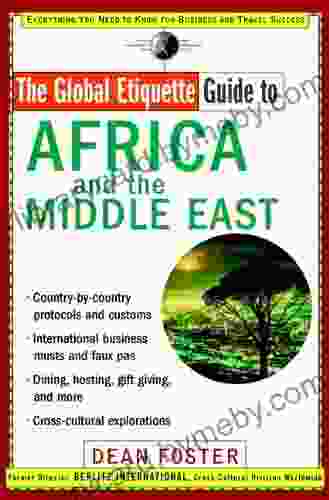
 Owen Simmons
Owen SimmonsUnlock the World of Cultural Nuances with "The Global...
Embark on a Journey of...
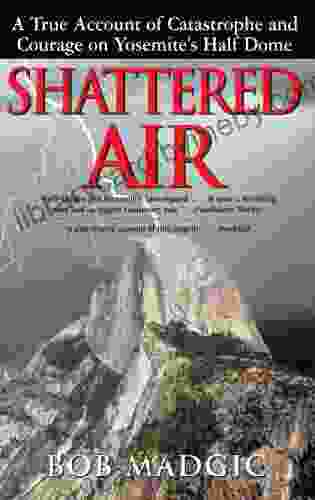
 Ian McEwan
Ian McEwanConquer the Mountain: True Account of Catastrophe and...
In the heart of California's stunning...
4.8 out of 5
| Language | : | English |
| File size | : | 3789 KB |
| Screen Reader | : | Supported |
| Print length | : | 199 pages |


